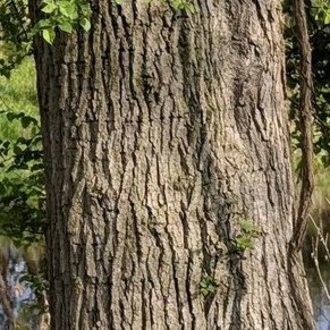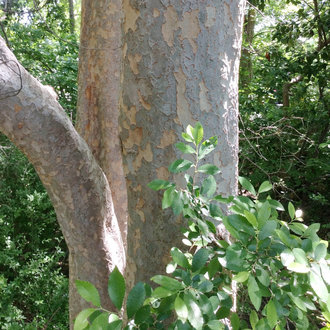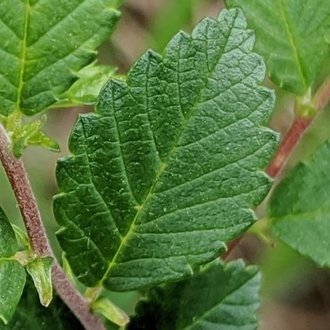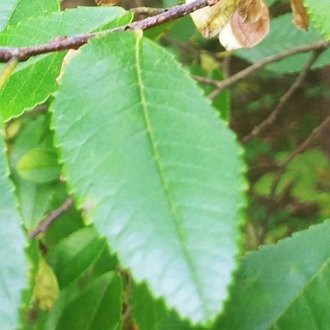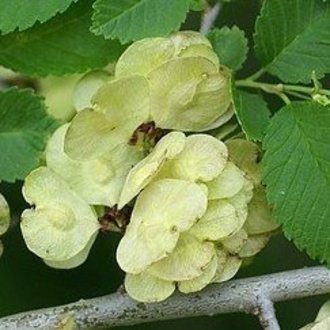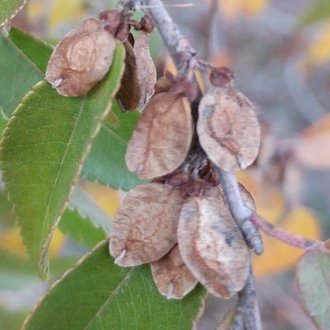Siberian Elm vs Chinese Elm
This guide is under construction and has not been published yet. It may have errors. When in doubt, double-check other sources for definitive ID.These two introduced species are often confused, but mature trees are easy to tell apart by their bark, and the species are also easily told apart by leaves, seeds, or timing of flowering.
Siberian Elm (Ulmus pumila) | Chinese Elm (Ulmus parvifolia) |
An elm that is occasionally planted in landscaping and has widely escaped cultivation in both the cooler and drier parts of North America. | A small-leafed elm with mottled bark that occasionally escapes from landscaping in North America. |
Mature trees have rugged, gray bark with long vertical furrows. Photo © Nate Martineau, CC BY 4.0. | Mature trees have smooth, thin, mottled bark with an orangeish color on inner layers. Photo © https://www.inaturalist.org/photos/16939726, CC BY 4.0. |
Leaves are usually more symmetrical at the base. Photo © Nate Martineau, CC BY 4.0. | Leaves are often more strongly asymmetrical at the base. Photo © C., Public Domain. |
Seed takes up a smaller portion of the samara. Photo © Christian Grenier, Public Domain. | Seed takes up a larger portion of the samara. Photo © Alison Northup, CC BY 4.0. |
References & External Resources
These short lists show only links helpful for ID. For a complete list of references and resources also covering other aspects of ecology, visit the links section of the full article on each plant, which is the first entry here.



